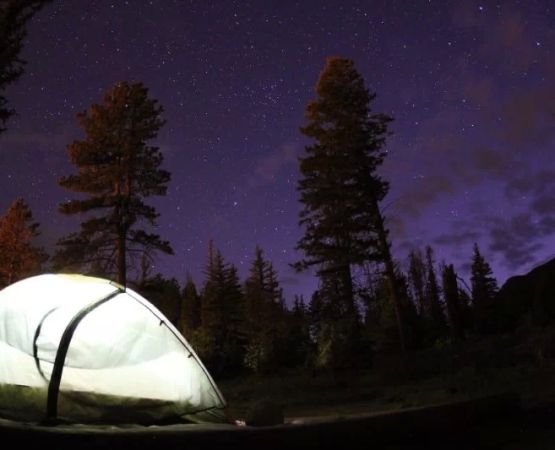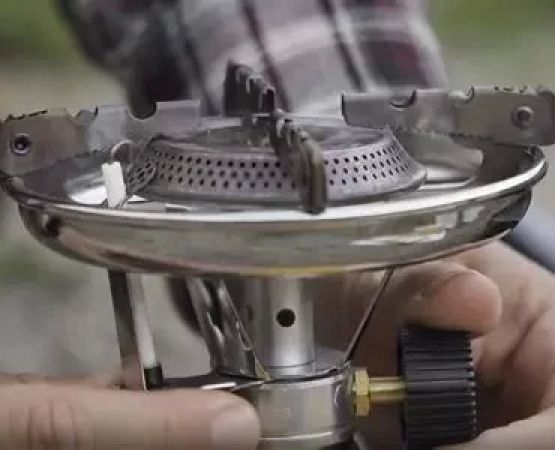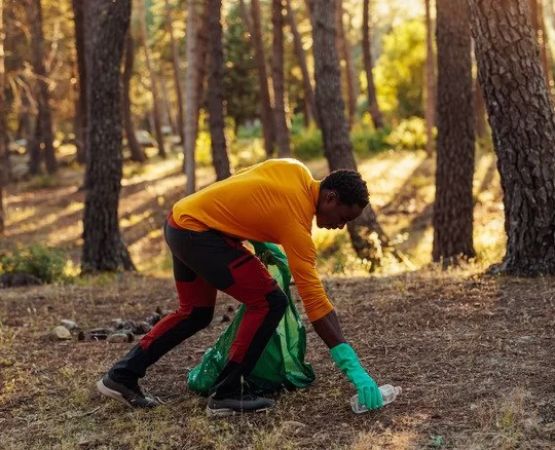How to Deal with Extreme Weather Conditions While Camping
1. Understanding the Risks of Extreme Weather for Campers
Camping is one of the most exhilarating ways to experience nature, but when it comes to extreme weather, the adventure can quickly turn into a survival challenge. Whether it's unexpected rain, extreme heat, or powerful winds, being unprepared for such conditions can jeopardize your safety and ruin your trip. In this guide, I'll walk you through the most common extreme weather conditions campers face and share how to manage them.
2. Preparing for Hot Weather
Hot weather can lead to dehydration, heatstroke, or exhaustion. During my last summer camping trip in a desert area, the heat reached 100°F by midday. To avoid heat-related issues, it’s important to be prepared. First, choose a campsite that offers some shade, such as near trees or under a canopy. Next, always pack plenty of water—this is your most essential item when camping in high temperatures. Stay hydrated by drinking small sips of water regularly, and consider bringing electrolyte drinks to replenish lost minerals.
Wearing lightweight, breathable clothing made from materials like cotton or linen helps keep you cool. Don’t forget sunscreen to protect your skin, and use a wide-brimmed hat for added sun protection. If you find yourself overheating, take a break in the shade, wet a cloth with cool water, and place it on your neck or forehead. These simple steps can make all the difference in avoiding heat exhaustion.
3. Dealing with Heavy Rain or Storms
Rain can transform a relaxing camping trip into a soggy nightmare. I once camped during a rainstorm that lasted several hours, and I quickly realized the importance of having proper waterproof gear. The first step is to set up your campsite on higher ground to avoid flooding. This may not be possible in all locations, but even a small slope can prevent rainwater from pooling around your tent.
For rain protection, invest in a high-quality, waterproof tent with a durable rainfly. Make sure the tent’s floor is sealed to prevent water seepage. A rain poncho, waterproof boots, and a tarp can also help keep you dry during sudden showers. If a thunderstorm strikes, it’s crucial to stay inside your tent and avoid touching metal items. Remember to stay calm and wait for the storm to pass.
4. Preparing for Windy Conditions
Strong winds can pose significant risks to campers, especially in open areas. I’ve experienced my fair share of gusty nights, and the most important lesson I learned was to ensure my tent is properly secured. Use heavy-duty stakes and guy lines to anchor the tent firmly to the ground. If camping in an area known for wind, consider choosing a tent with a low profile and a dome structure that can withstand stronger gusts.
Keep your campsite free from loose items that can be blown away or become dangerous projectiles in the wind. Store food and gear in secure containers to avoid a mess. If the wind is too much to handle, it’s best to pack up and seek shelter elsewhere. Always check the weather forecast before heading out to understand the wind conditions better.
5. Handling Cold Weather While Camping
Cold weather camping can be a beautiful and rewarding experience if you're prepared, but it also requires extra care. One winter, I camped in the mountains, and temperatures dropped below freezing at night. To stay warm, I layered my clothing and packed a sleeping bag rated for cold weather. An insulated sleeping pad also provided extra warmth from the ground.
When camping in cold temperatures, it’s essential to layer your clothes properly. Start with moisture-wicking base layers, followed by an insulating layer such as fleece or down, and finish with a windproof and waterproof outer layer. Keep your head, hands, and feet covered with hats, gloves, and socks made from wool or synthetic materials that retain heat even when wet.
6. Monitoring Weather Changes During Your Trip
One of the most important aspects of managing extreme weather conditions while camping is being able to monitor the weather regularly. Before heading out, I always check reliable weather apps to gauge potential weather patterns. Once on-site, I keep an eye on the sky and listen for any weather-related alerts on my phone. If you’re in an area with spotty reception, consider investing in a weather radio to stay informed, especially if you’re camping in remote locations.
Having a plan in place for sudden weather changes is also crucial. If storms are predicted, I make sure I have a safe and easy route to leave the area. Always carry a fully charged portable charger, a first aid kit, and extra food and water in case your trip gets extended due to bad weather.
7. Staying Calm and Safe During Extreme Weather
In any extreme weather situation, the most important thing to remember is to stay calm. Panicking can make a bad situation worse. I’ve found that keeping a positive attitude and being well-prepared can help manage stress during weather-related events. If the conditions become dangerous, don’t hesitate to leave the campsite and find shelter.
Above all, remember that your safety is the top priority. Extreme weather conditions can be challenging, but with the right equipment, preparation, and mindset, you can enjoy a successful and safe camping experience, no matter the weather.






